The Iberian Peninsula houses two of Europe’s most captivating coastal capitals – Lisbon and Barcelona. Though separated by just 625 miles and sharing centuries of maritime history, these two cities offer remarkably different experiences for travelers.
Barcelona’s bold modernism contrasts with Lisbon’s weathered elegance, creating distinct atmospheres that appeal to different sensibilities. Their proximity often leads visitors to compare them, yet their unique characters make each city a world unto itself.
Here is a list of 17 ways visiting Lisbon feels distinctively different from experiencing Barcelona.
The Hills

Lisbon sprawls across seven steep hills, creating an urban landscape where breathtaking viewpoints lurk around every corner, but walking requires serious stamina. The city’s relationship with vertical terrain shapes everything from transportation options to architectural styles – unlike Barcelona’s primarily flat layout.
Even short journeys in Lisbon might involve climbing stairs carved into hillsides or riding the iconic yellow funiculars that tackle the steepest inclines.
Architectural Personality
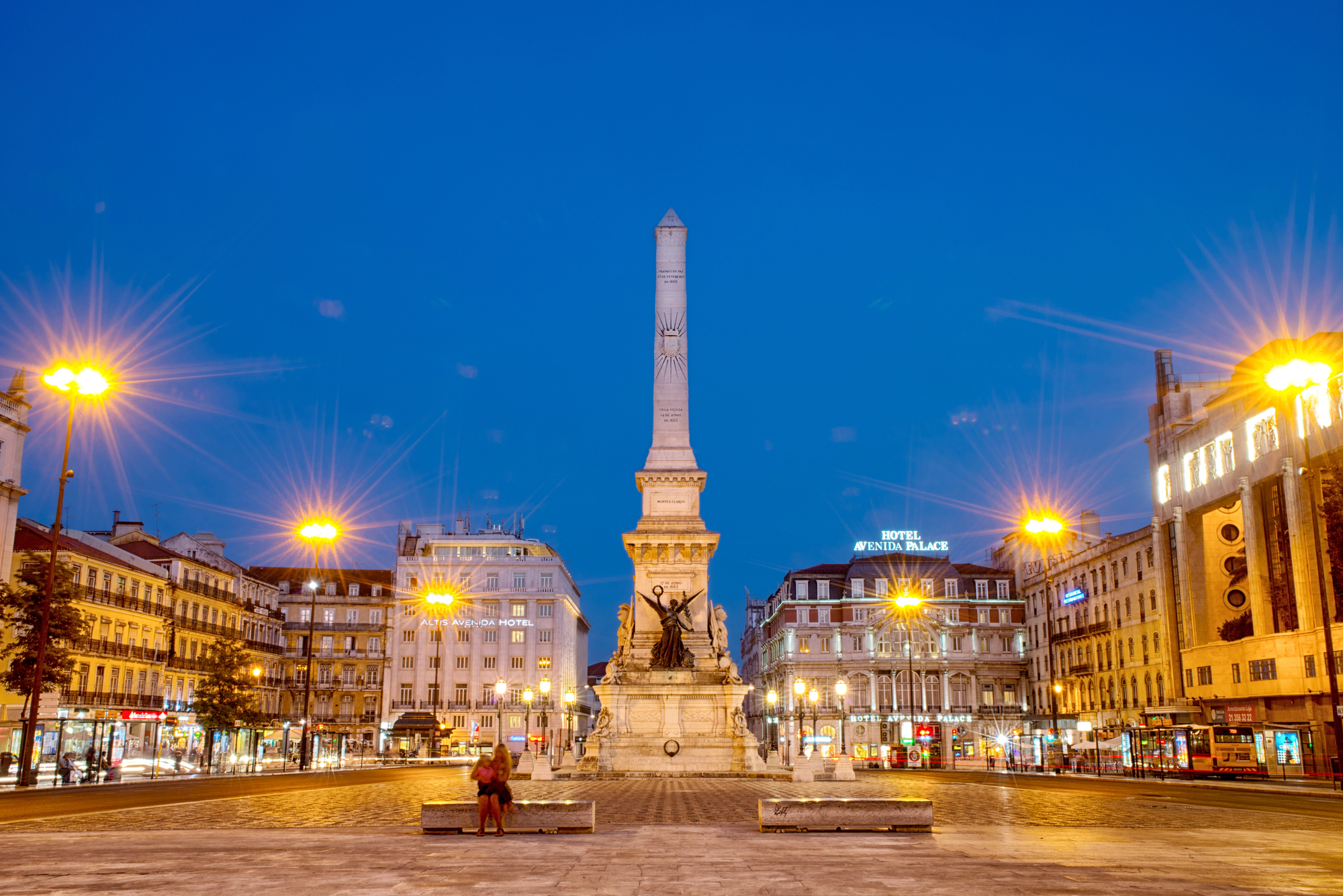
Lisbon embraces a patchwork of architectural styles – from Moorish influences to ornate Manueline buildings – but lacks a single defining aesthetic voice. The city’s visual identity comes from colorful azulejo tiles, weathered façades, and the elegant simplicity of its buildings.
Barcelona – by stark contrast – bears the unmistakable imprint of Antoni Gaudí, whose fantastical structures create a cohesive personality that dominates the city’s architectural reputation and tourist itineraries.
The Pace
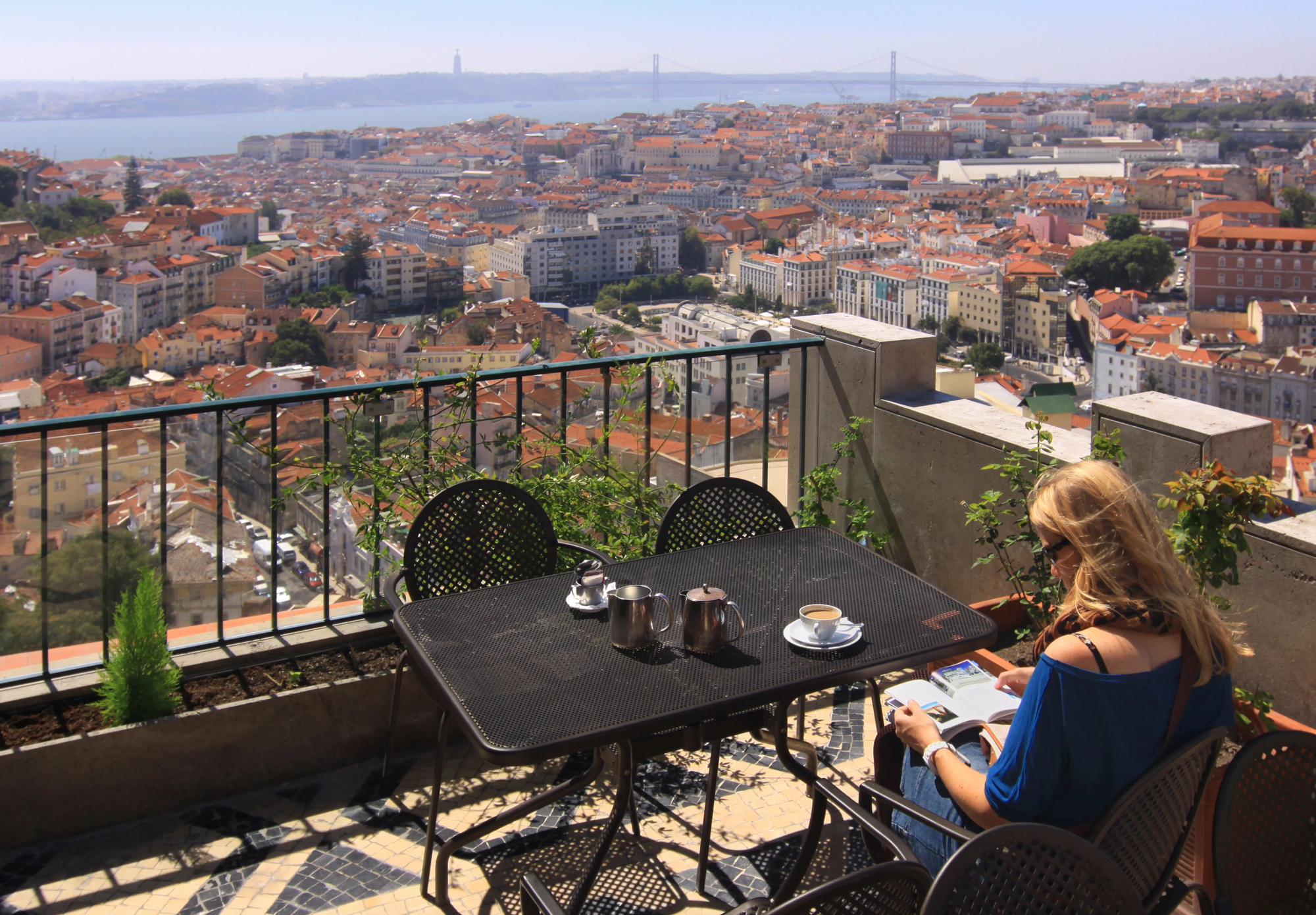
Lisbon operates at a noticeably slower rhythm – cafés expect you’ll linger over coffee for hours, and meals unfold at an unhurried pace that prioritizes conversation over consumption. This relaxed approach to time feels worlds away from Barcelona’s more urgent energy.
While both cities embrace Mediterranean lifestyles, Barcelona pulses with a metropolitan momentum that makes Lisbon feel almost village-like in comparison – despite both being capital cities.
Like Travel Pug’s content? Follow us on MSN.
Tourist Density
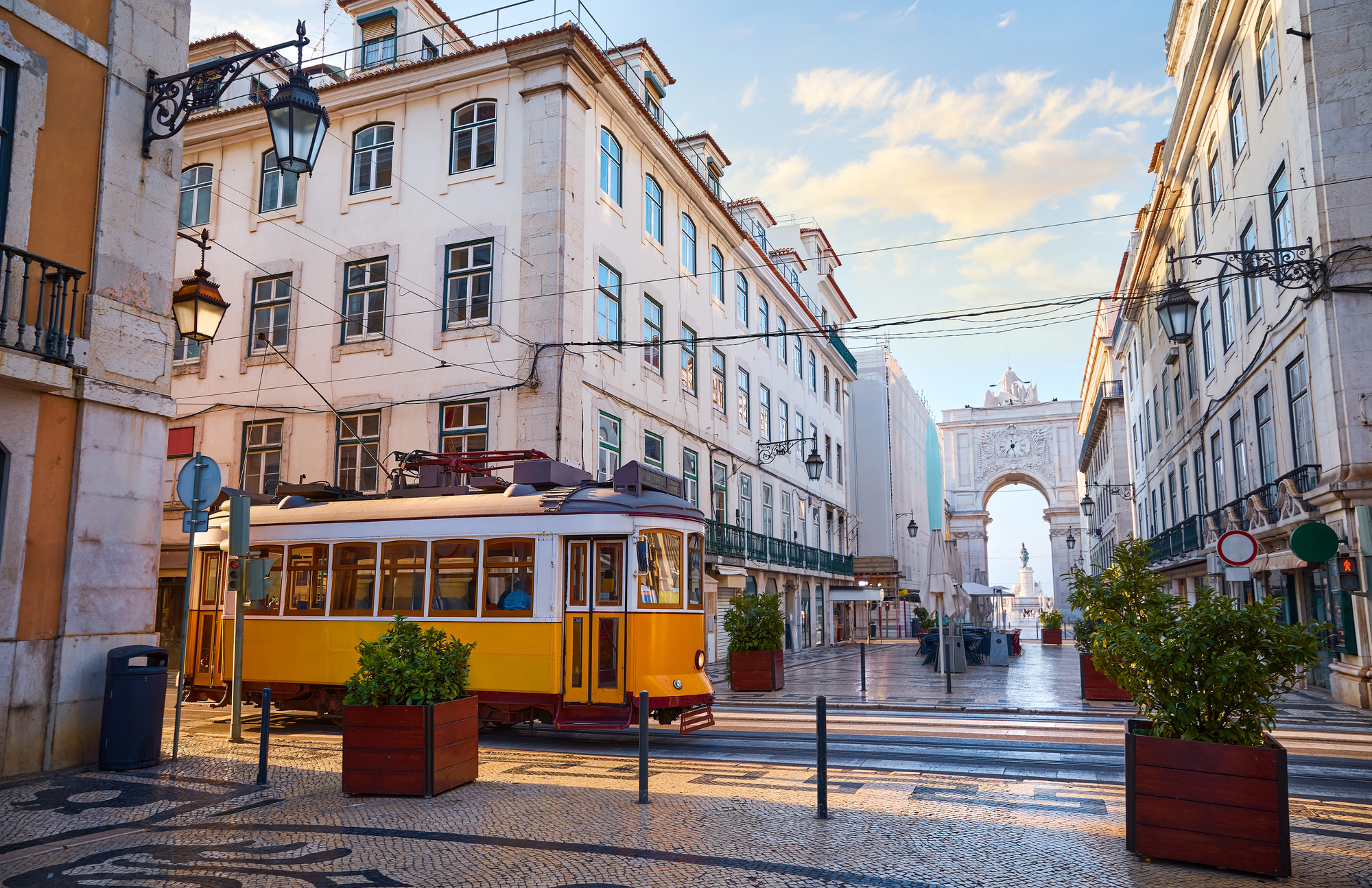
Lisbon’s tourism boom remains relatively recent – meaning certain neighborhoods still feel authentically local rather than optimized for visitors. Moving away from major attractions often leads to quiet residential areas where tourist infrastructure quickly disappears.
Barcelona has grappled with overtourism for decades – creating a city where locals increasingly feel pushed to the periphery, with central areas sometimes feeling like theme parks designed primarily for international visitors.
Language Experience
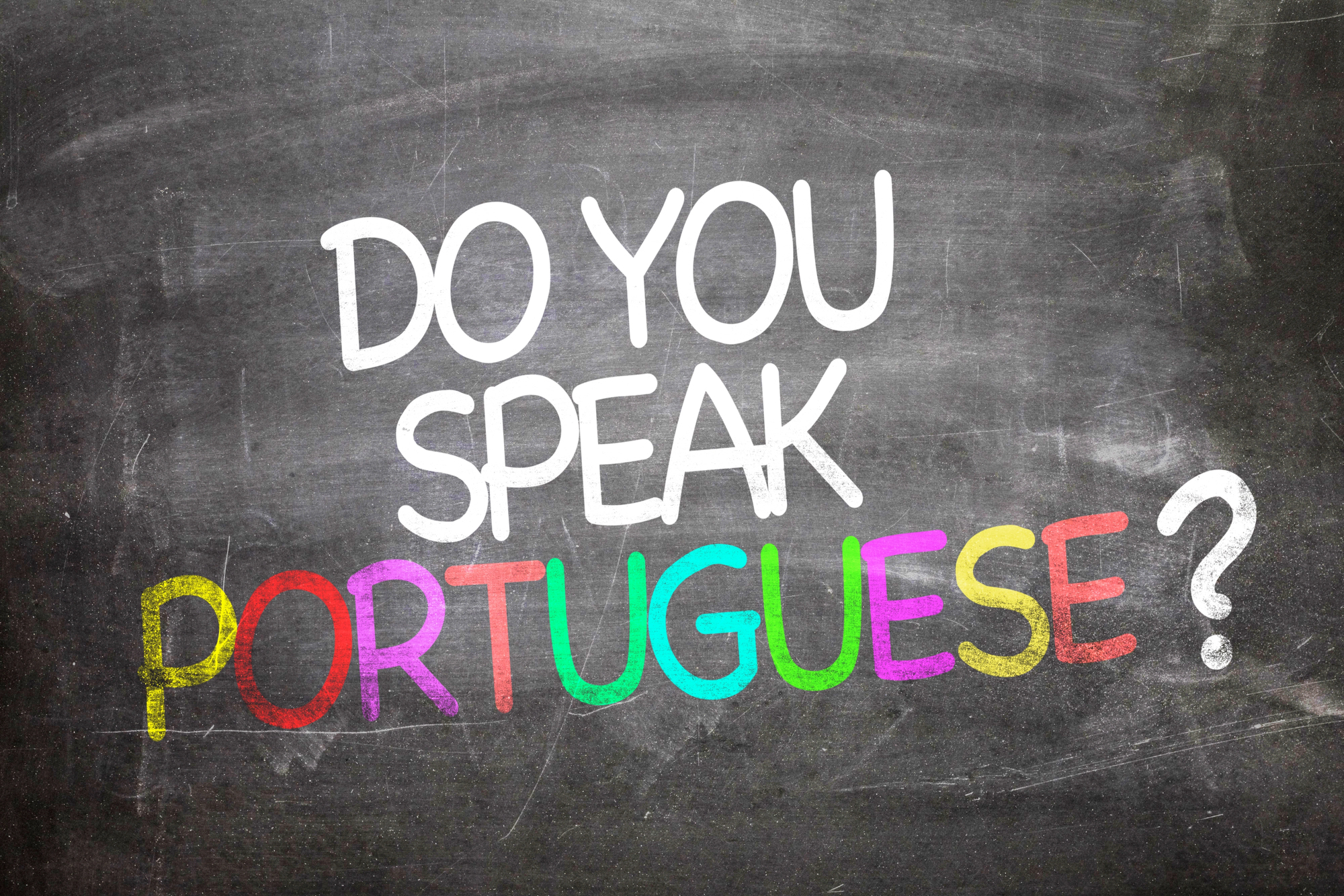
Portuguese – with its distinctive nasal sounds and unique pronunciation patterns – creates an entirely different auditory experience than Spanish. While Barcelona offers the linguistic complexity of both Spanish and Catalan, many visitors find communication in Lisbon more challenging.
Portuguese pronunciation bears little resemblance to how words appear written – unlike Spanish’s more intuitive phonetics – creating a steeper learning curve for travelers attempting basic phrases.
Pastry Culture

Lisbon’s pastry shops – the beloved pastelarias – showcase Portugal’s monastic baking traditions centered around egg-rich sweets like the famous pastel de nata. These custard tarts have become Lisbon’s culinary ambassador – available everywhere from humble corner shops to specialty bakeries.
Barcelona’s equivalent sweet spots focus more on sophisticated cakes and chocolate creations, reflecting Catalonia’s proximity to France – creating distinctly different morning routines for visitors seeking breakfast treats.
Like Travel Pug’s content? Follow us on MSN.
Drink Traditions
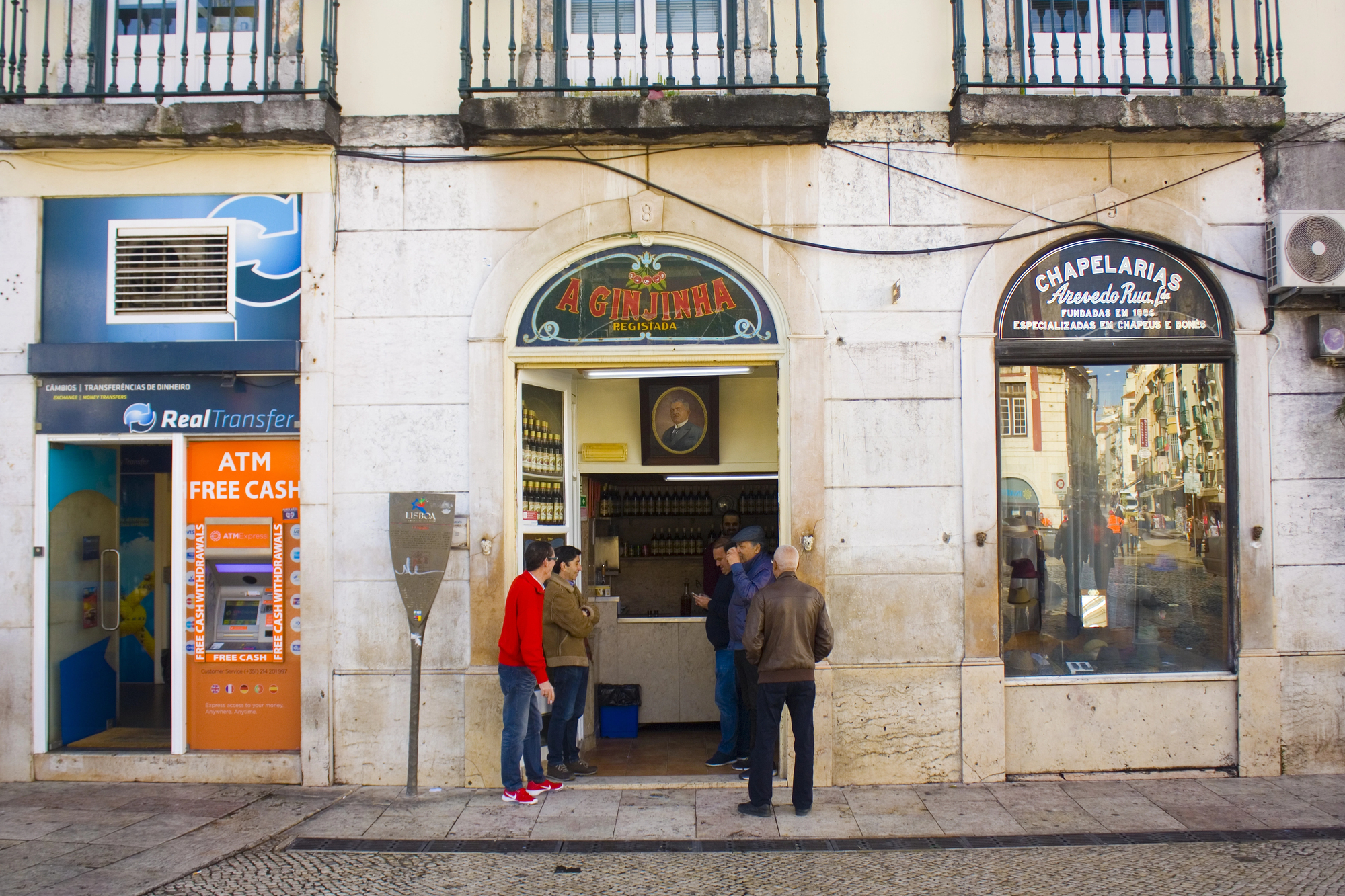
Lisbon celebrates ginjinha – that sweet cherry liqueur served in chocolate cups – alongside vinho verde and port wine, reflecting Portugal’s viticultural heritage. Neighborhood ginjinha shops barely larger than closets serve locals and tourists alike from morning until night.
Barcelona’s drinking culture centers more around vermouth culture – particularly during the social ritual of La Hora del Vermut – and natural wines from Catalonia’s emerging producers, creating completely different aperitif experiences.
Artistic Expressions
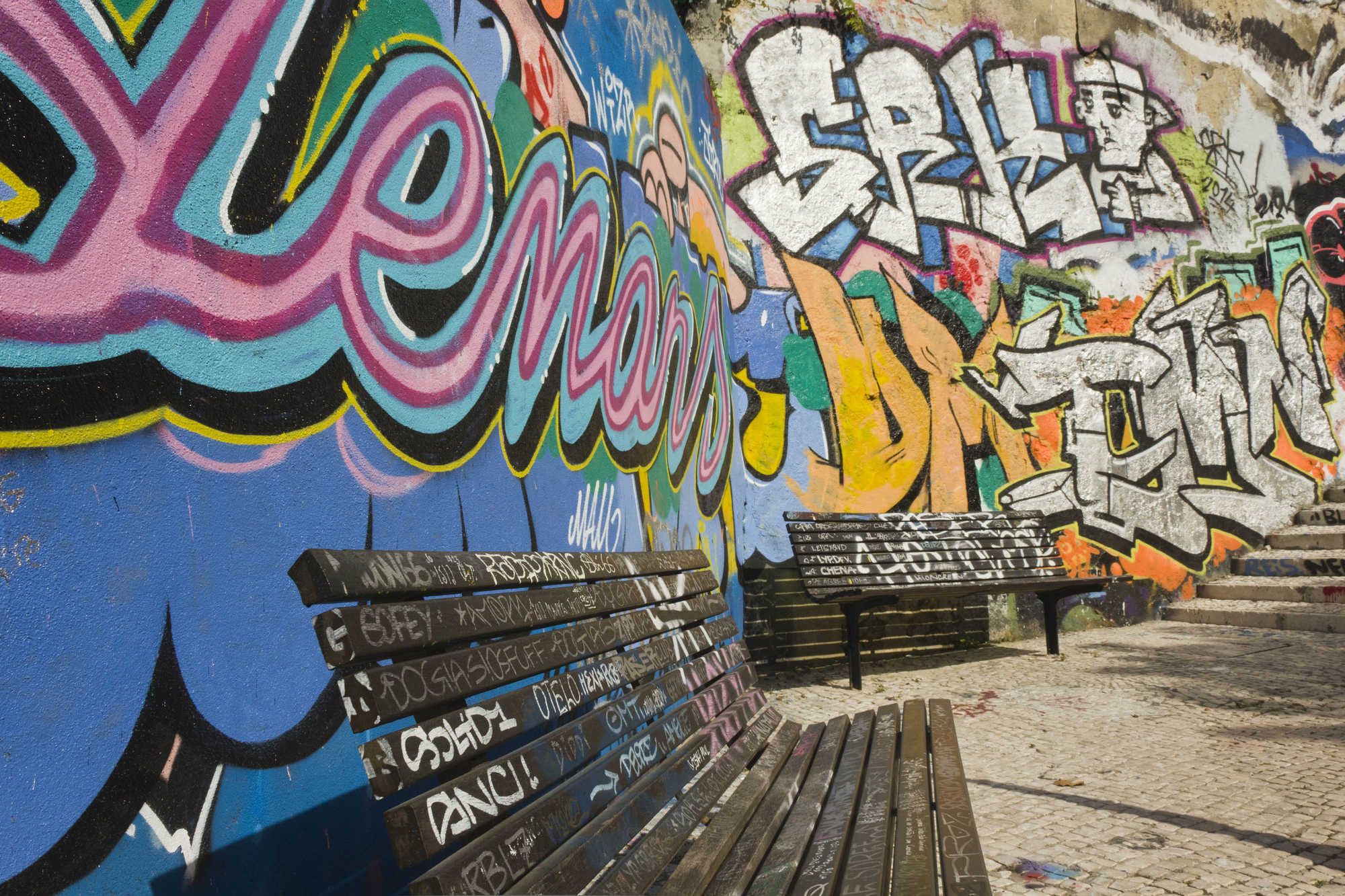
Lisbon channels its creative energy into street art, fado music, and literary traditions – expressions that often reflect melancholic themes aligned with Portugal’s concept of saudade (a unique form of longing). The city’s walls serve as canvases for world-class muralists, creating open-air galleries throughout neighborhoods like Mouraria.
Barcelona’s artistic identity remains more institutionalized around figures like Picasso, Miró, and Dalí – housed in museums that showcase Catalonia’s outsized contribution to 20th-century art movements.
Color Palettes
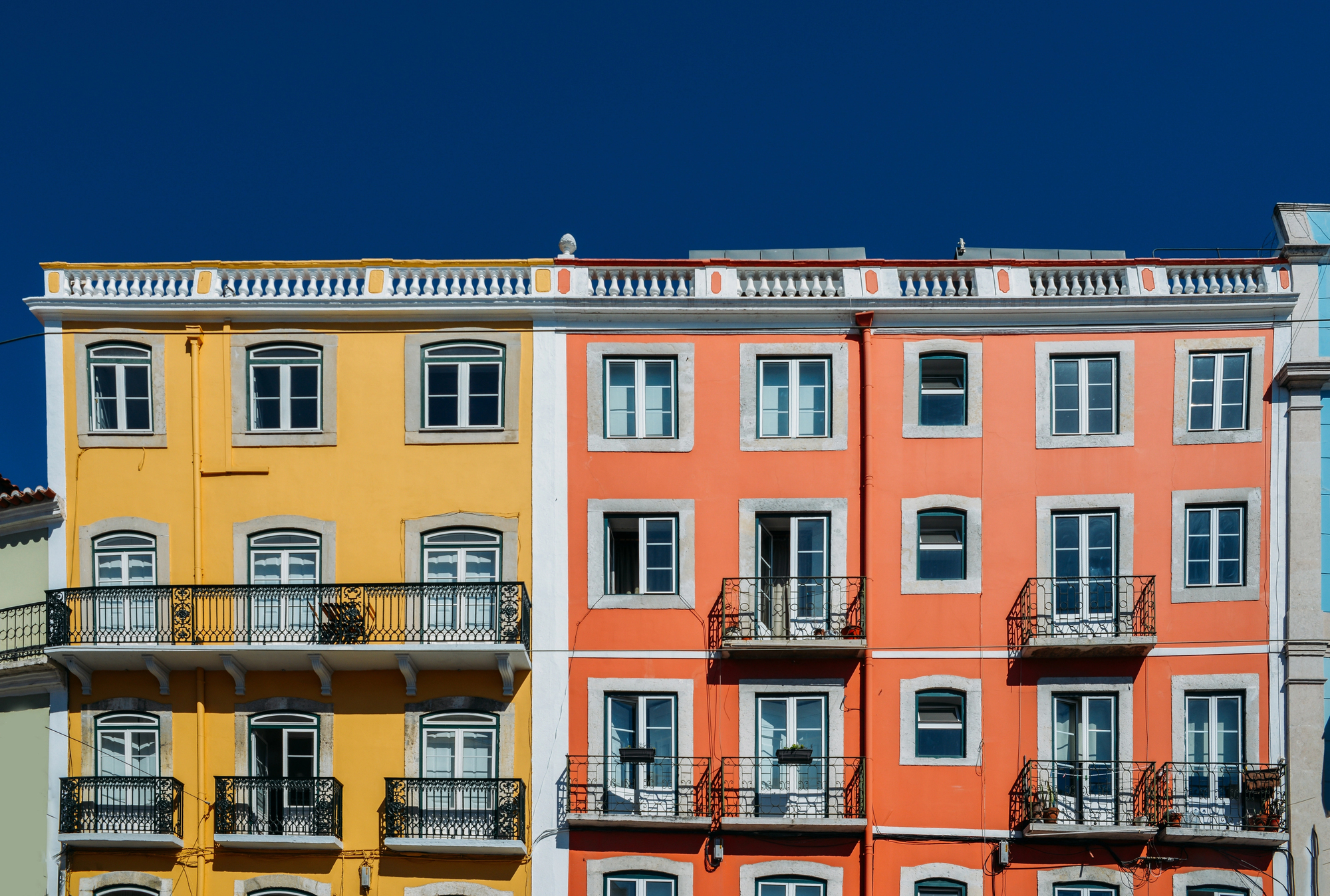
Lisbon glows with soft pastels – pale pinks, yellows, and blues washing over building façades that reflect the golden Atlantic light. This gentle color scheme contrasts dramatically with Barcelona’s bolder Mediterranean palette.
The difference becomes particularly apparent in each city’s tilework – Lisbon’s traditional azulejos in predominantly blue and white patterns versus Barcelona’s more colorful Modernista ceramic designs that incorporate vibrant reds, oranges, and greens.
Like Travel Pug’s content? Follow us on MSN.
Urban Textures
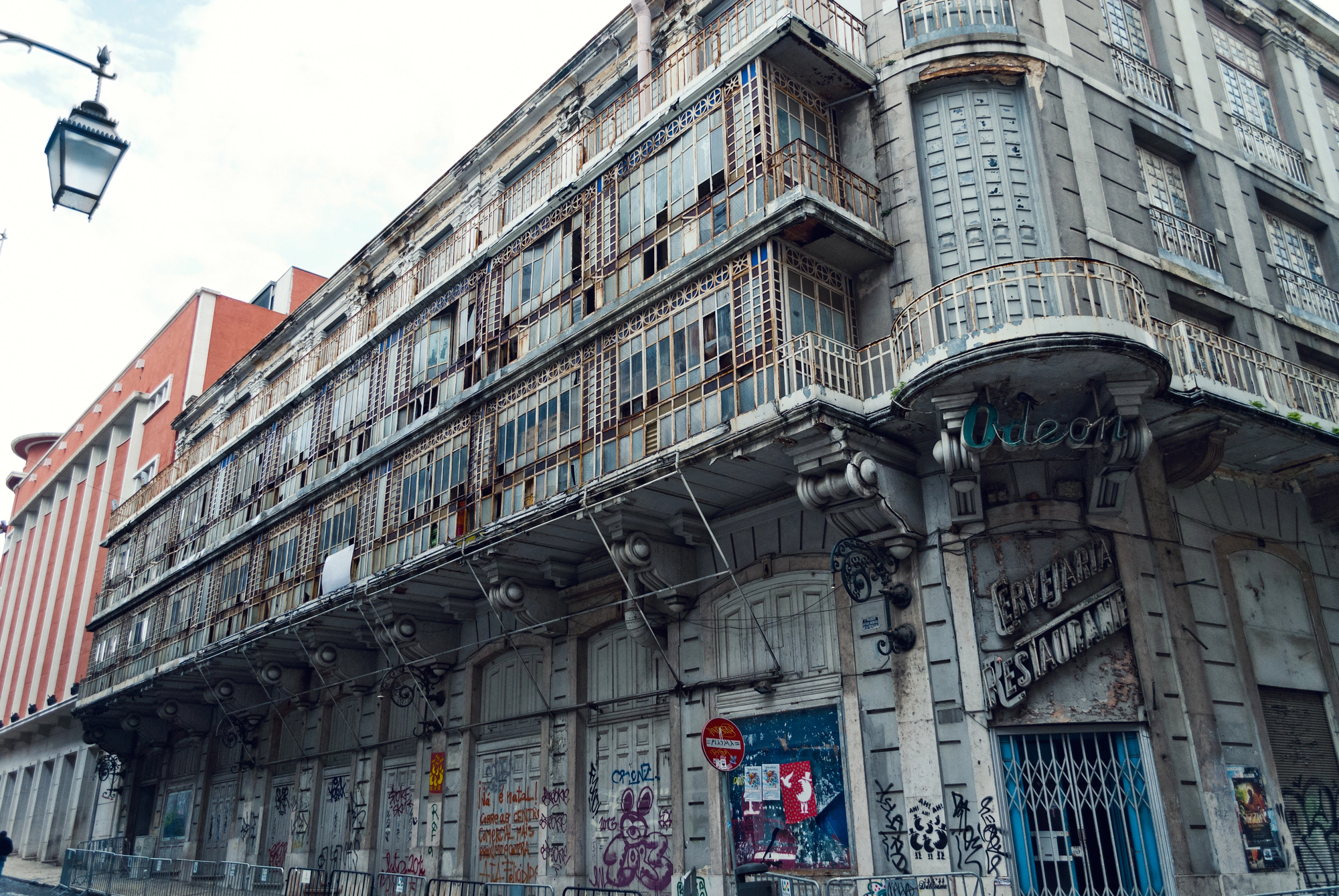
Lisbon embraces decay as part of its aesthetic – peeling paint, cracked tiles, and weathered surfaces create a romantically worn appearance that photographers adore. This patina of age – sometimes crossing into genuine dilapidation – stands in sharp contrast to Barcelona’s more polished and maintained urban environment.
Barcelona’s commitment to design extends to its public spaces, creating a city that generally feels more pristine and intentionally curated than Lisbon’s beautiful dishevelment.
Public Transportation

Lisbon’s transportation network centers around charming yellow trams – particularly the famous 28 line – that rattle up and down hills on tracks laid in the early 20th century. These historic vehicles serve as both practical transportation and beloved symbols of the city.
Barcelona boasts a far more comprehensive and modern metro system that makes navigating the city significantly more straightforward, with less walking required between destinations and fewer topographical challenges to overcome.
Waterfront Experiences

Lisbon embraces its position at the point where the Tagus River meets the Atlantic Ocean, creating a waterfront experience defined by dramatic width and maritime history. The city’s connection to water feels expansive and open, with views stretching toward the horizon.
Barcelona’s Mediterranean waterfront offers a completely different coastal experience – more contained and focused on beach culture. The city’s relationship with its coastline centers around social activities on the sand rather than Lisbon’s more contemplative riverside.
Like Travel Pug’s content? Follow us on MSN.
Dining Hours

Lisbon adheres to dining hours closer to Northern European patterns, with evening meals typically beginning around 8 pm and restaurants often closing by midnight. This creates a different rhythm than Barcelona’s famously late dining schedule, where dinner rarely starts before 9 pm and continues well past midnight.
Visitors accustomed to earlier eating times often find Lisbon’s schedule more accommodating, while those seeking Barcelona’s legendary nightlife might find Lisbon winding down too early.
Historical Narratives
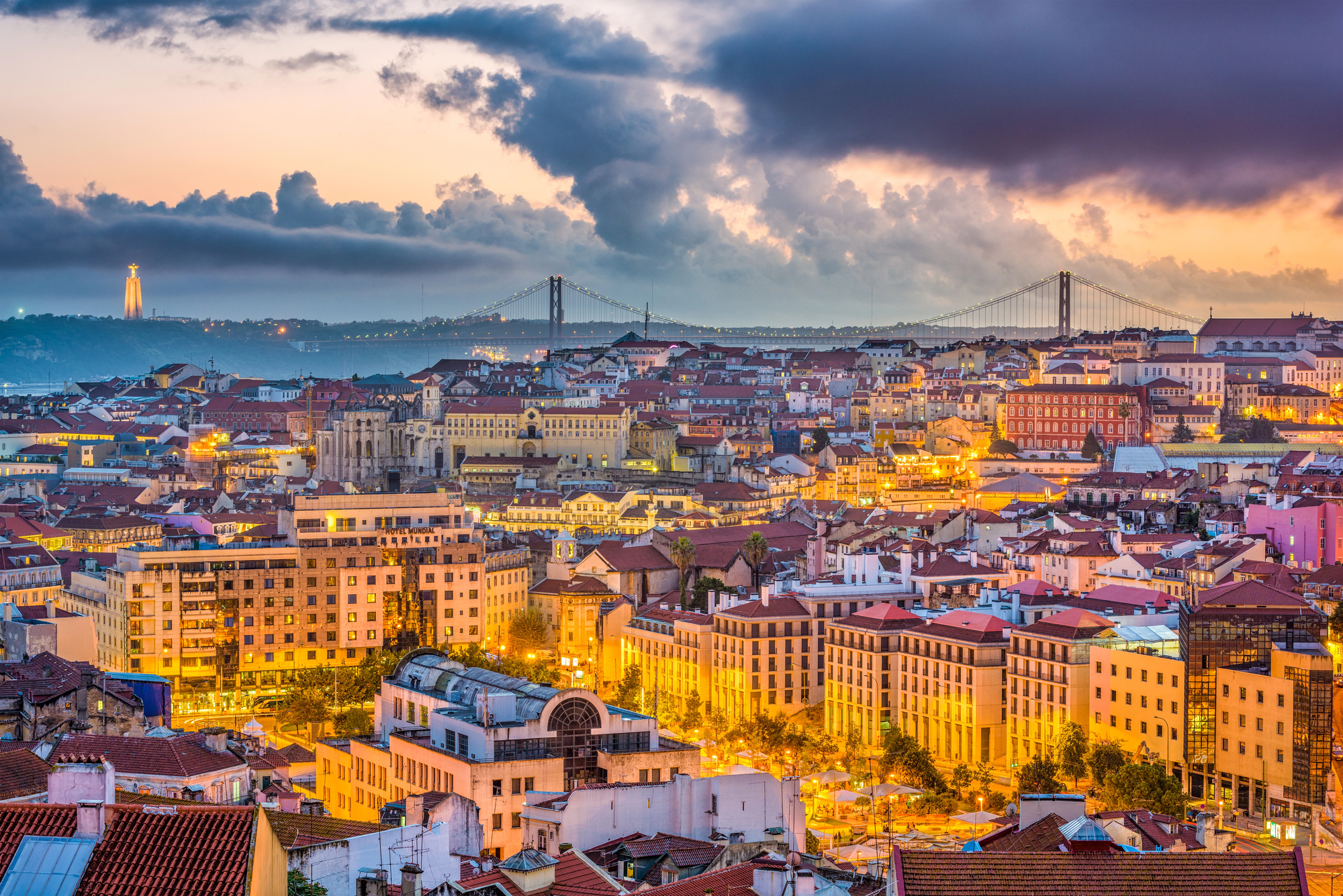
Lisbon’s historical storytelling focuses on maritime exploration, Portugal’s colonial empire, and the catastrophic 1755 earthquake that reshaped the city. These narratives create a sense of Lisbon as a place that has experienced both tremendous global influence and devastating loss.
Barcelona’s historical identity centers more around Catalan independence movements, the Spanish Civil War, and its evolution from industrial powerhouse to design capital – creating a completely different contextual understanding for visitors exploring each city.
Shopping Cultures
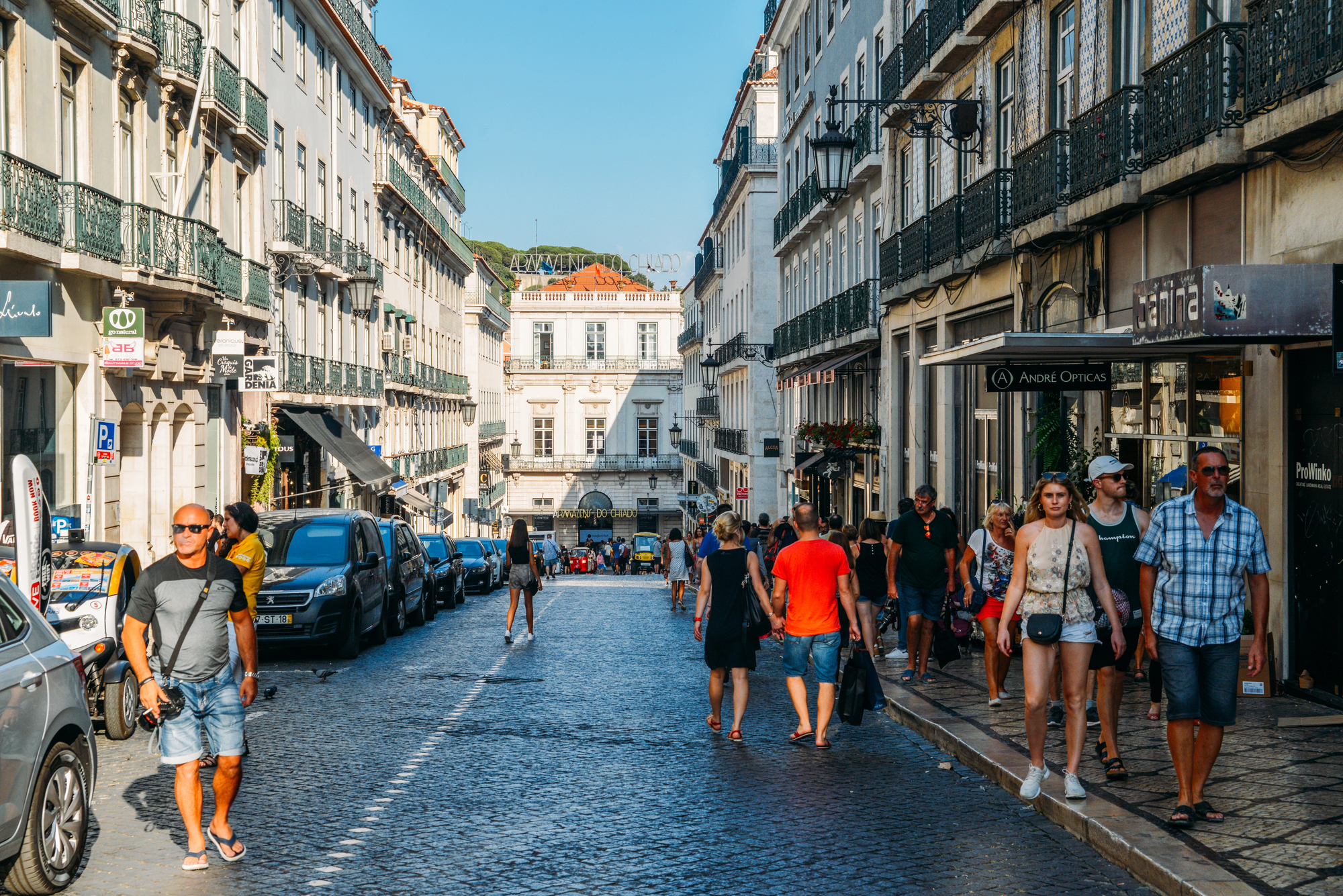
Lisbon maintains numerous traditional specialty shops focusing on single products – glove stores, button emporiums, hat makers, and shops selling only tinned fish in beautifully designed packaging. This old-world approach to retail creates charming shopping experiences based around heritage products.
Barcelona embraces more contemporary retail concepts – designer boutiques, concept stores, and international brands dominate its shopping districts, with far fewer traditional specialists surviving in central areas.
Like Travel Pug’s content? Follow us on MSN.
Coffee Customs

Lisbon’s coffee culture revolves around bica – that intensely concentrated espresso served in tiny cups and consumed while standing at the counter of pastelarias throughout the day. Coffee drinking in Lisbon happens quickly, often without ceremony, as a functional ritual.
Barcelona treats coffee more casually, with longer drinks like cortados and café con leche designed for leisurely consumption while people-watching from outdoor terraces – creating fundamentally different caffeine experiences.
The Light

Photographers often describe Lisbon’s light as magical – a soft, golden quality created by sunlight reflecting off the Tagus River and the city’s predominantly pale-colored buildings. This distinctive luminosity gives the city an almost ethereal quality, particularly in the late afternoon.
Barcelona’s Mediterranean light has a different quality – clearer, more direct, and less diffused – creating stronger contrasts and sharper shadows that complement the city’s more boldly colored architectural elements and stronger visual statements.
Contrasting Iberian Capitals
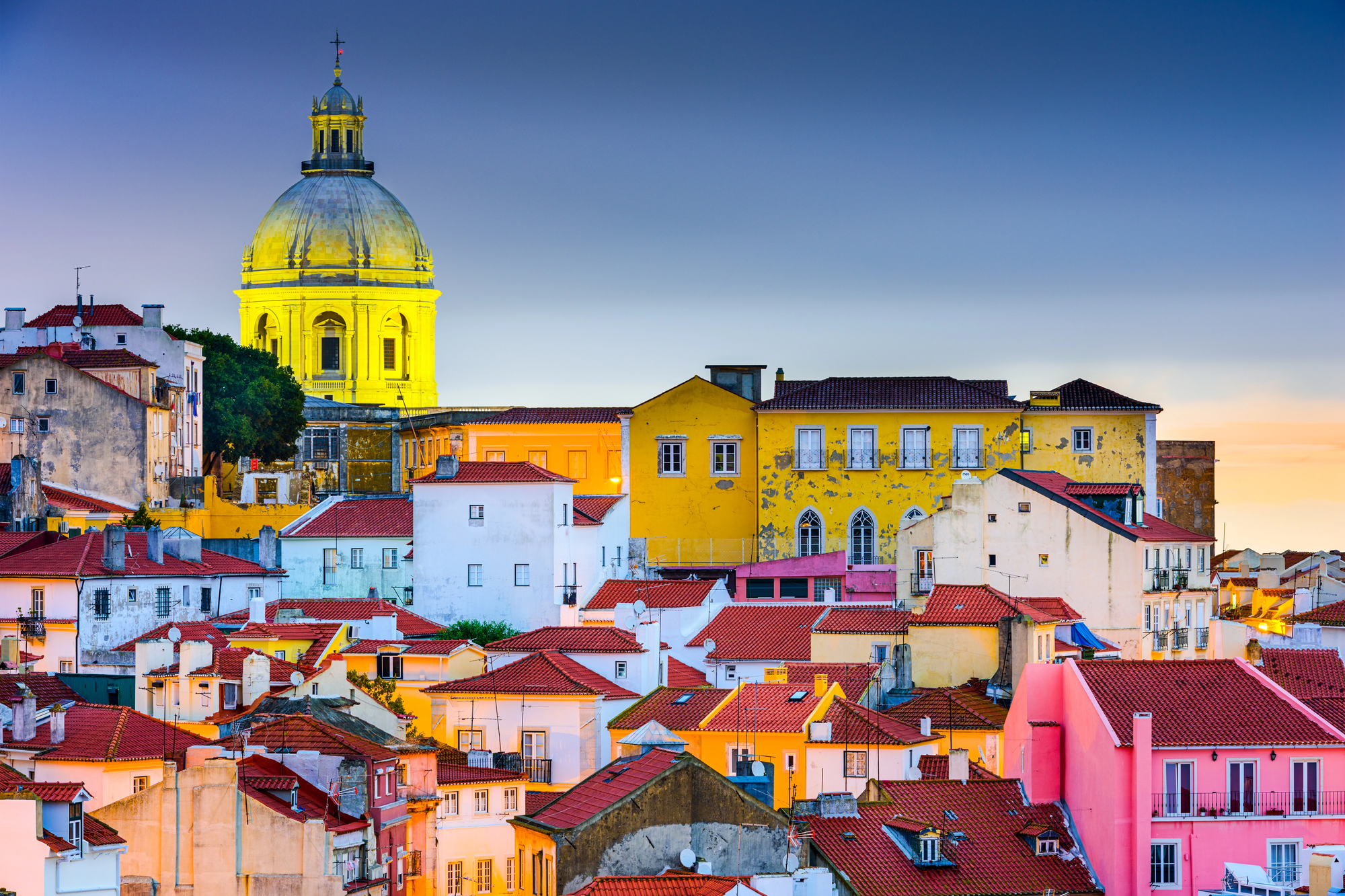
These two magnificent Iberian cities offer profoundly different experiences despite their geographic proximity and shared peninsula. Lisbon seduces visitors with its nostalgic charm, melancholic beauty, and unhurried approach to urban life.
Barcelona captivates with its artistic audacity, architectural innovation, and more cosmopolitan energy. The contrast between Portugal’s weathered elegance and Catalonia’s colorful modernism provides travelers with two complementary yet distinct versions of southern European coastal city life.
Perhaps these differences explain why travelers so often find themselves drawn to return to both cities – each offering unique pleasures impossible to find in the other.
More from Travel Pug

- Cities Growing so Fast You Won’t Recognize Them in 10 Years
- 13 Destinations Where Tourists Regularly Regret Their Trip
- 20 Obscure WWII Sites Even History Buffs Don’t Know About
- 10 Under-the-Radar Mountain Towns That Are Both Affordable and Beautiful
- Remote Villages in Europe Where You Can Live for Free in Exchange for Work
Like Travel Pug’s content? Follow us on MSN.
